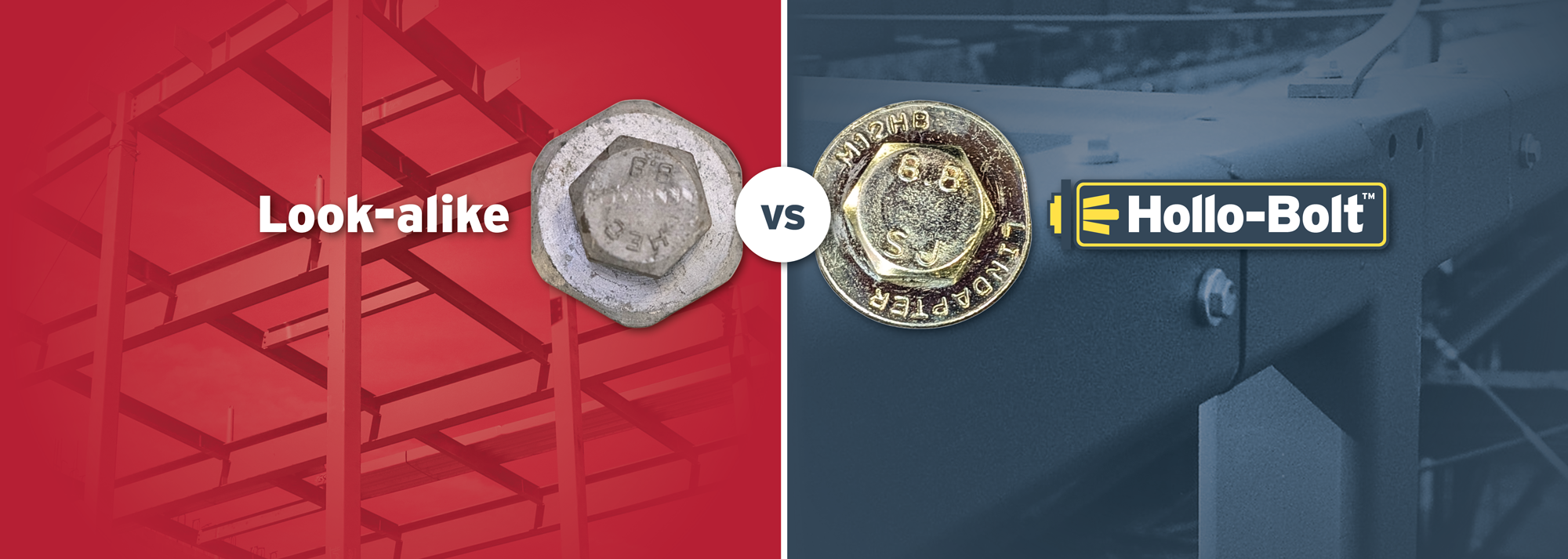Staying Safe: Avoid the health risks associated with welding fume by using Girder Clamps
In 2017, the International Agency for Research on Cancer (IARC) reclassified welding fumes as a Group 1 carcinogen, indicating strong evidence linking exposure to an increased risk of cancer. In this article, we will explore what welding fumes are, the associated health risks, and how Lindapter Girder Clamps offer a safer alternative to traditional welding methods.
The Risks of Welding Fume
The reclassification of welding fumes highlights the serious health risks faced by welders every day. Despite being invisible, these risks are significant and require welders to take appropriate precautions to protect their health.
What is Welding Fume?
Welding produces harmful fumes that can easily enter the respiratory system. These fumes are generally composed of two main elements:
-
Metal Dust: Extremely fine metal dust particles, often highly concentrated and resembling smoke, can be inhaled if proper safety measures are not taken. This dust may contain a variety of toxic metals, including aluminium, antimony, arsenic, beryllium, cadmium, chromium, cobalt, iron, lead, manganese, molybdenum, nickel, silver, tin, titanium, vanadium, and zinc.
-
Gases: Several potentially harmful gases can be generated during welding, including argon, carbon dioxide, carbon monoxide, helium, hydrogen fluoride, nitric acid, nitrogen, nitrogen dioxide, ozone, and phosgene.
Health Risks from Welding Fume
Inhalation of welding fumes can result in both acute and chronic health issues. Occupational lung disease, including lung cancer, is the most common risk, but damage to the brain and nervous system can also occur. Asphyxiation, or suffocation from a lack of oxygen, is another significant risk when welding in confined spaces.
Common health effects include:
- Cancer: Exposure to nickel and chromium can lead to various cancers, particularly of the lung, larynx, and urinary tract.
- Emphysema: A progressive lung disease causing shortness of breath, often linked to cadmium exposure.
- Kidney Failure: Acute kidney failure, often fatal without intensive treatment, can result from exposure to cadmium and lead oxide.
- Lead Poisoning and Anaemia: Severe mental and physical impairment, caused by exposure to lead oxide fumes, can lead to irreversible damage and, in extreme cases, anaemia.
- Manganism (Parkinson’s-like Syndrome): Chronic exposure to high concentrations of manganese fume can cause symptoms similar to Parkinson’s disease.
- Metal Fume Fever: Symptoms include chills, sweating, and stomach pains, typically caused by inhaling zinc fumes during the welding of galvanised metal.
- Respiratory Irritation: Inhalation of fumes containing iron oxide or chromium can cause irritation across the respiratory system.
- Asthma: Exposure to nickel can exacerbate asthma symptoms, leading to increased frequency and severity of attacks.
Other Hazards Associated with Welding
Welding also presents numerous other hazards that can impact time, cost, and health and safety on-site:
- Risk of fire, requiring a hot works permit
- Need for a fire watch if the building lacks a fire protection system
- Potential for serious personal injury (e.g., electric shock, burns, heat stress)
- Increased risk of joint failure due to weld slag inclusion
- Potential for spatter and the need for corrective measures
- Explosion risks from compressed gas cylinders
- Damage to corrosion-resistant or intumescent finishes
- Production of CO2 emissions during arc welding
Lindapter Girder Clamps: A Safer Alternative to Welding
Health and safety agencies worldwide advocate a hierarchy of controls to minimise exposure to welding fumes. The first step is to consider whether welding can be eliminated or substituted by designing the job differently. This is where Lindapter Girder Clamps come into play as a safer alternative.
Lindapter Girder Clamps offer a high-strength connection for steel members such as beams and columns using only standard hand tools. This method eliminates the production of dangerous fumes, significantly reducing the health risks for construction workers.
The installation process involves positioning a location plate, aligning the steel beams, fitting the Lindapter clamps, bolts, washers, and nuts, and then using a torque wrench to tighten the bolts to the recommended torque.
Additional Health and Safety Benefits of Clamping
- No exposure to carcinogenic or toxic fumes
- No risk from spatter (molten metal particles) or swarf (sharp waste material)
- No dangerous metal dust or fumes
- No hot work, thus eliminating fire risks
- No need for a fire watch, even in buildings without fire protection
- Safer working conditions at height due to the absence of large or heavy equipment
Summary
Lindapter Girder Clamps offer a safer, alternative connection method that eliminates the need for on-site welding and the associated dangers of welding fumes. To enhance workplace safety on your next project, contact Lindapter, and our experienced engineers will collaborate with you to design the optimal girder clamp connection detail.
Visit the Lindapter International website for more information on Staying Safe: Avoid the health risks associated with welding fume by using Girder Clamps






